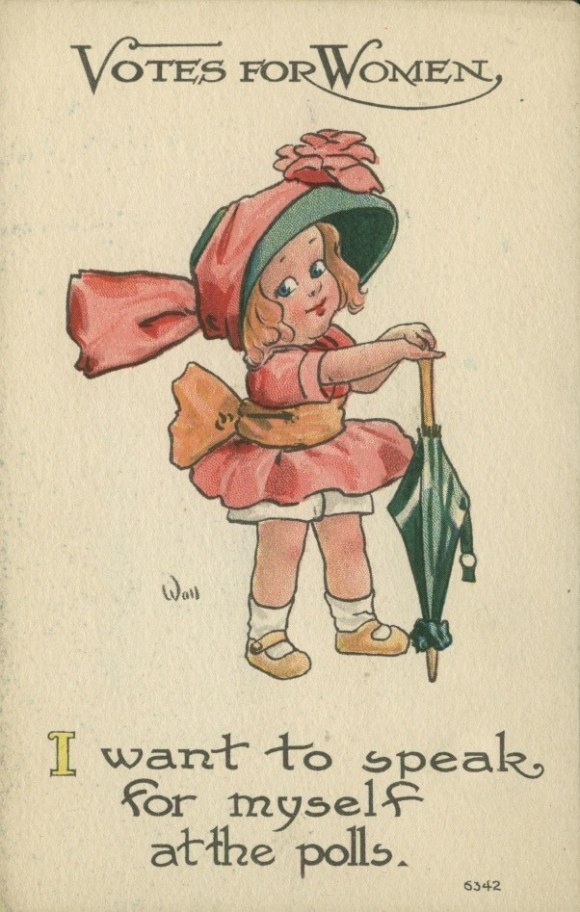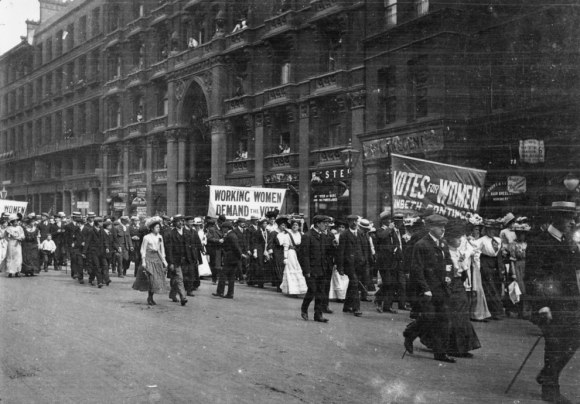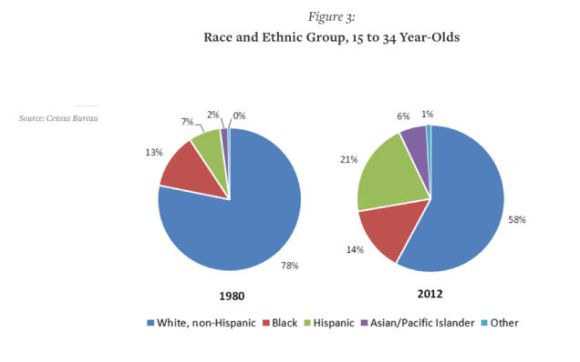
“Our feminism looks like an end to police repression of minority communities, access to quality public schools that do not expel our children for minor infractions, and an end to the prison industrial complex, which locks up far too many of our men and women, fracturing families and creating further economic burdens when our loved ones are released. We need comprehensive healthcare and access to abortion clinics, but we also need a robust mental health care system, that can address long centuries of racist, sexist, sexual and emotional trauma. We need equal pay, yes. But we also need good jobs, rather than being relegated to an endless cycle of low-wage work.
White women’s feminisms still center around equality, a point on which Traister and Shulevitz converge. Black women’s feminisms demand justice. There is a difference. One kind of feminism focuses on the policies that will help women integrate fully into the existing American system. The other recognizes the fundamental flaws in the system and seeks its complete and total transformation.”
via Feminism’s ugly internal clash: Why its future is not up to white women – Salon.com.







